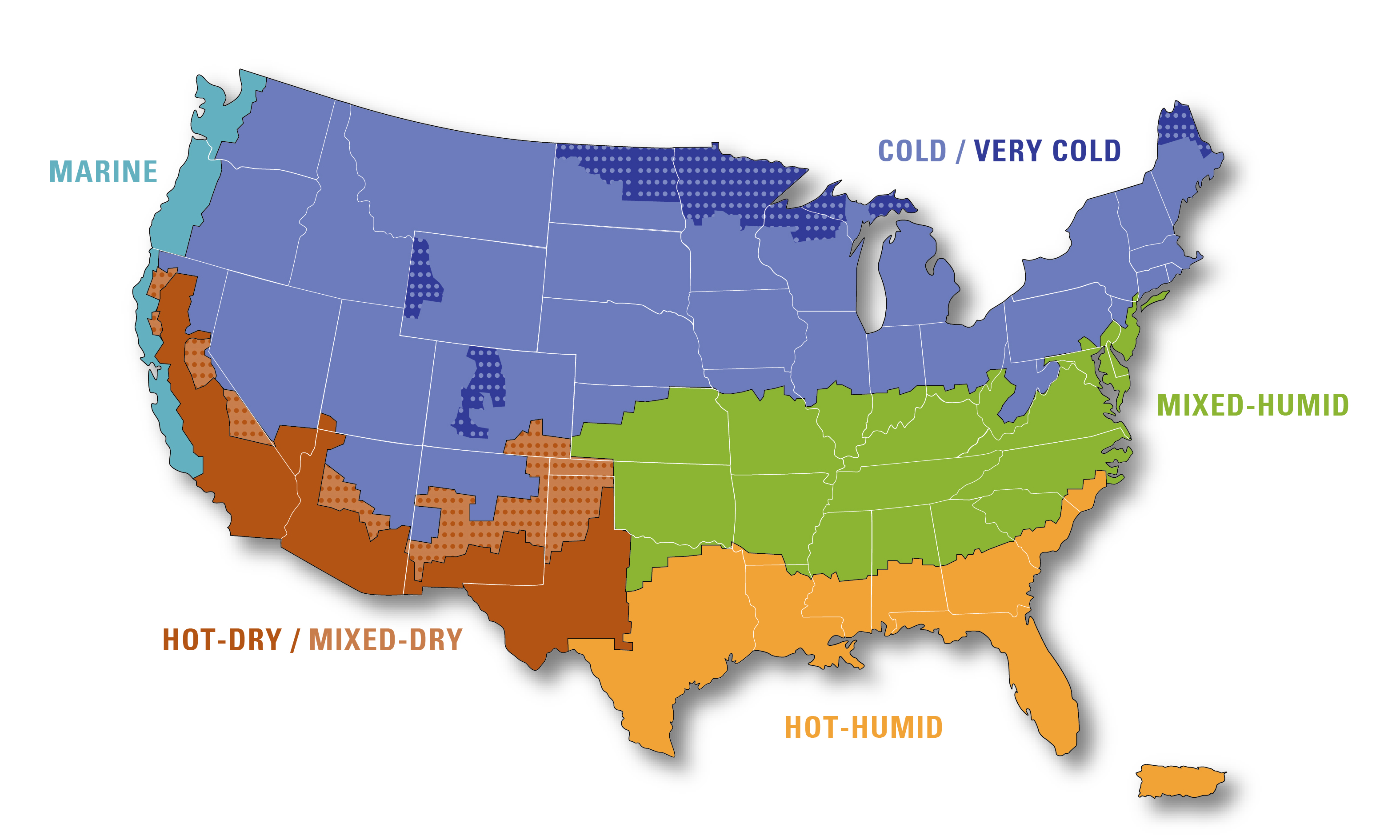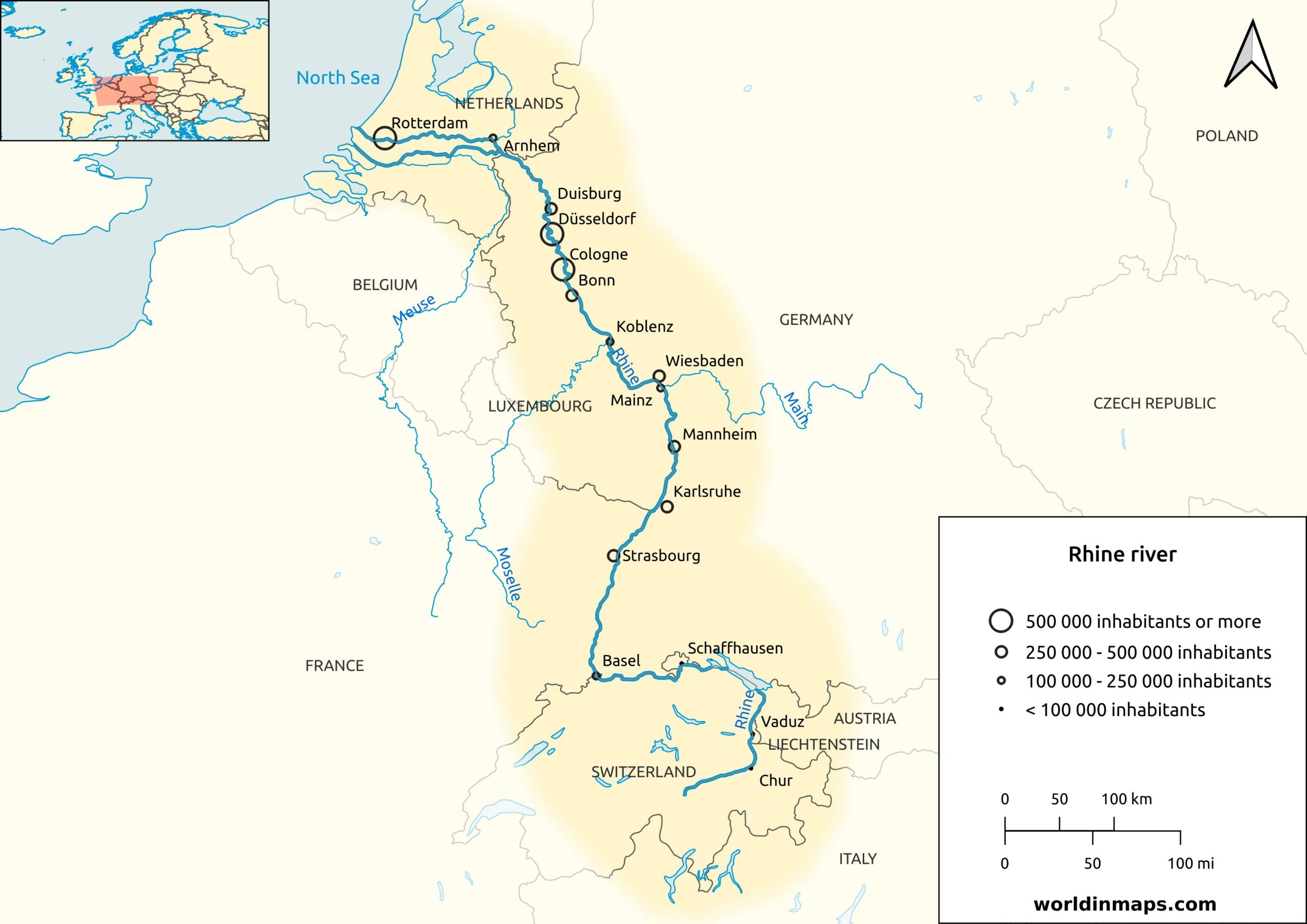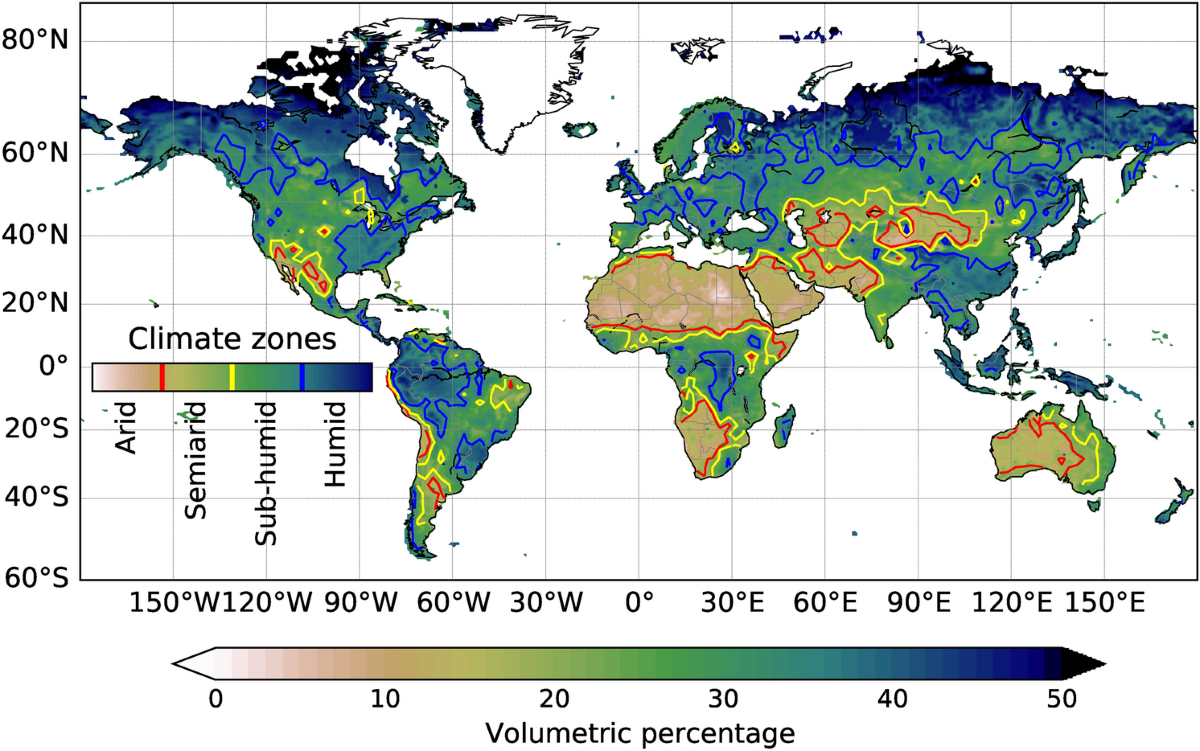South America: A Geographical Exploration
The natural beauty and diversity of South America’s landscapes are abundant. From the towering Andes mountains to the expansive Amazon rainforest, the continent is home to a variety of geographical features that shape its environment and culture. This article will take you on a journey through South America’s oceans, seas, highest and lowest points, straits, lakes, islands, and important gulfs and bays.
Oceans and Seas
The Atlantic Ocean
The Atlantic Ocean forms the eastern boundary of South America. This vast body of water plays a crucial role in the continent’s climate and economy. The Atlantic is not just a divider between continents; it also influences weather patterns, fisheries, and trade routes. The countries along the eastern coast, such as Brazil, Argentina, and Uruguay, rely heavily on the Atlantic for fishing, transportation, and tourism.
The Pacific Ocean
South America’s western border is the Pacific Ocean. This ocean is known for its rough waters and rich marine biodiversity. Countries like Chile and Peru have long coastlines that provide access to some of the world’s most productive fishing grounds. The Humboldt Current, which flows along the coast of Peru, is one of the richest currents in the world, supporting a thriving fishing industry.
The Caribbean Sea
At the northern tip of South America lies the Caribbean Sea. This warm, clear body of water is known for its beautiful islands and coral reefs. Countries like Colombia and Venezuela have coastlines along the Caribbean, offering stunning beaches and vibrant marine life. The Caribbean Sea is also a vital area for trade and tourism.
Highest Point: Aconcagua
The Andes Mountains
The Andes mountain range runs along the western edge of South America, stretching over 4,300 miles (7,000 kilometers) from Venezuela to Chile. This majestic range contains some of the highest peaks in the world, including Aconcagua, which is the highest point in South America at 22,841 feet (6,961 meters) above sea level. Aconcagua is located in Argentina and attracts climbers from around the globe. The mountain offers breathtaking views and a challenging ascent, making it a popular destination for adventurers.
Lowest Point: Laguna del Carbón
The Unique Feature of Laguna del Carbón
While South America has towering mountains, it also has low-lying areas. The lowest point in the continent is Laguna del Carbón, located in Argentina. This salt flat sits at about 344 feet (105 meters) below sea level, making it not only the lowest point in South America but also one of the lowest points in the world outside of the Dead Sea region. The landscape around Laguna del Carbón is stark and beautiful, with salt flats stretching into the distance, creating a unique and otherworldly environment.
Straits: The Beagle Channel
A Vital Waterway
The Beagle Channel is a significant strait located at the southern tip of South America, separating the mainlands of Argentina and Chile. This channel is crucial for navigation, providing a passage for ships traveling between the Atlantic and Pacific Oceans. It is also known for its stunning scenery, including rugged mountains, glaciers, and diverse wildlife, making it a popular destination for eco-tourism and adventure seekers.
Lakes: Lake Titicaca
The Highest Navigable Lake
Lake Titicaca is the largest lake in South America and is famous for being the highest navigable lake in the world, sitting at an altitude of 12,507 feet (3,812 meters) above sea level. Located on the border of Peru and Bolivia, Lake Titicaca is a vital resource for the local communities, providing fish and water. The lake is also rich in cultural significance, home to the Uros people who live on floating islands made of reeds. The deep blue waters and surrounding mountains create a breathtaking landscape that draws visitors from around the world.
Islands: The Galápagos Islands
A Natural Wonder
The Galápagos Islands, located in the Pacific Ocean, are one of the most famous island groups in the world. They are part of Ecuador and are renowned for their unique wildlife and stunning landscapes. The islands played a crucial role in Charles Darwin’s theory of evolution, as he studied the diverse species that inhabit them. Visitors to the Galápagos can see giant tortoises, marine iguanas, and a variety of birds found nowhere else on Earth. The islands are also a UNESCO World Heritage site, emphasizing their importance for conservation.
Important Gulfs and Bays
Gulf of Guayaquil
Located on the coast of Ecuador, the Gulf of Guayaquil is a significant body of water that plays a vital role in the region’s economy. This gulf is one of the largest in South America and is essential for fishing, shipping, and trade. The port city of Guayaquil, situated at the mouth of the gulf, is Ecuador’s main commercial hub and a gateway for international trade.
Bay of Rio de Janeiro
The Bay of Rio de Janeiro, known for its stunning beauty, is one of the most famous bays in the world. Surrounded by mountains and dotted with islands, this bay is not only a natural wonder but also a cultural icon. The city of Rio de Janeiro, located on the bay, is known for its beaches, Carnival celebrations, and vibrant culture. The bay’s unique shape and scenic views attract millions of tourists each year.
How Ratan Tata Transformed India’s Economy and Won Hearts Worldwide | Maya (mayathevoice.com)
Conclusion: A Continent of Contrasts
South America’s geography is incredibly diverse, with its oceans, mountains, lakes, and islands each telling a story about the continent’s natural history and cultural significance. From the heights of Aconcagua to the depths of Laguna del Carbón, the continent is a place of contrasts that offers breathtaking scenery and rich biodiversity.
Understanding South America’s geography helps us appreciate the natural wonders and the cultural heritage that shape the lives of its people. Whether you’re exploring the bustling ports along the Atlantic coast, sailing through the serene waters of Lake Titicaca, or trekking in the Andes, the geographical features of South America provide endless opportunities for adventure and discovery.




One thought on “South America: A Geographical Exploration”